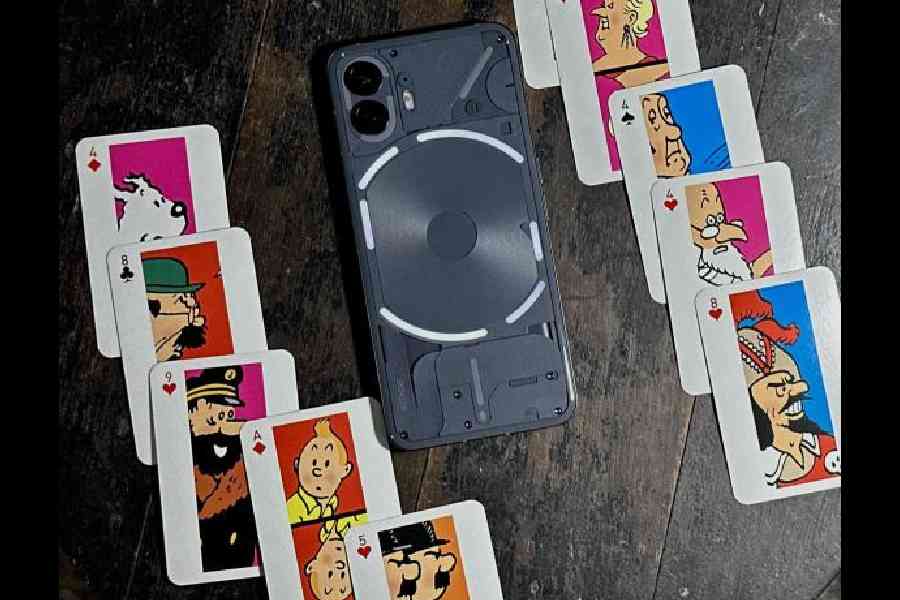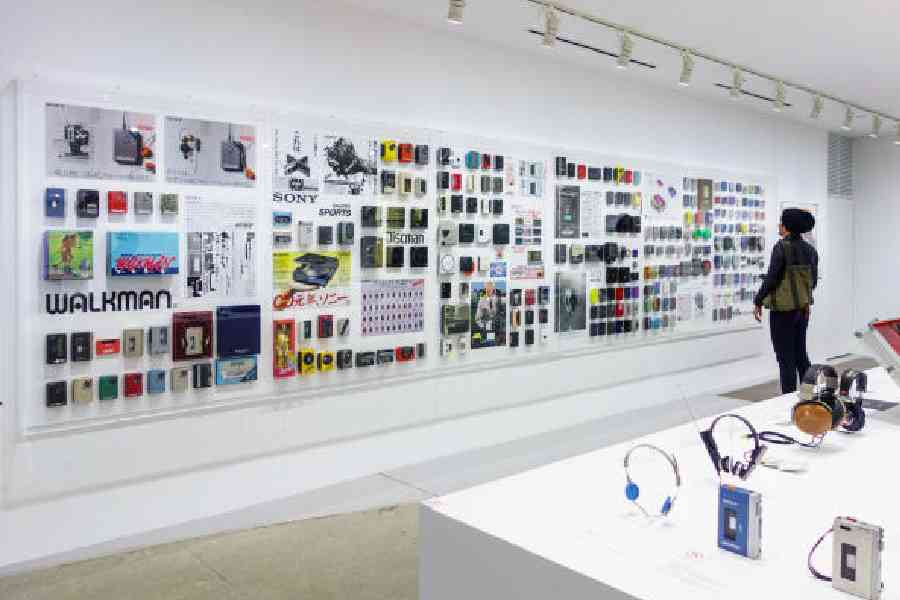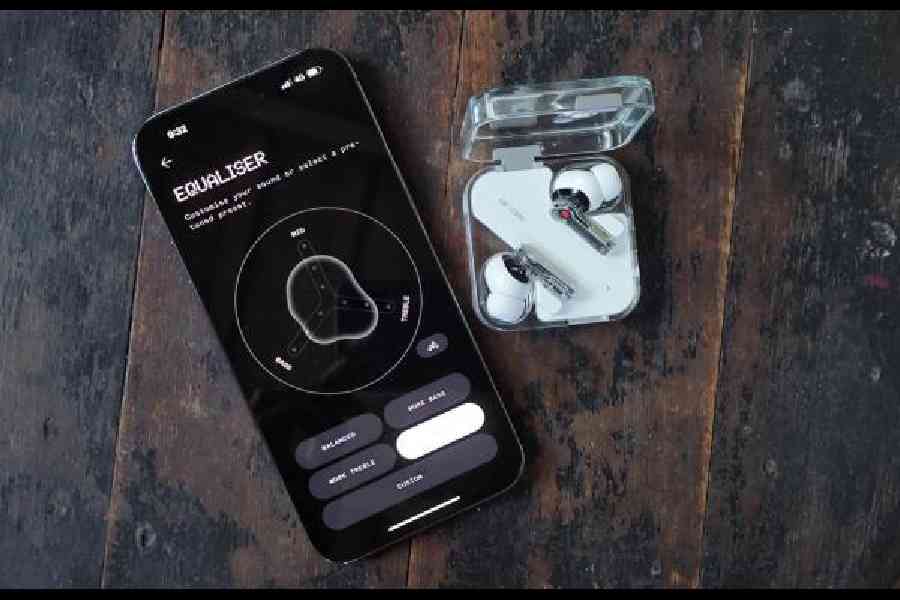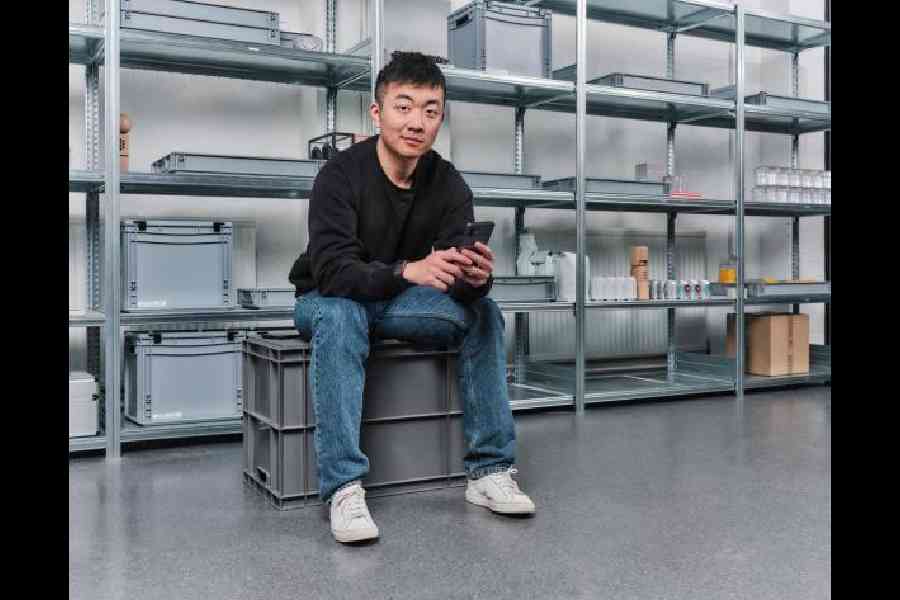Boring problems are the ones worth solving. Smartphones have become boring. You can’t call 10 per cent improvement in camera performance an innovation big enough to make customers splurge on a new device. Carl Pei and his company Nothing are trying to change our fading obsession with purchasing new smartphones every year. This is a man who has been in love with technology for a long time and he knows a thing or two about tinkering with the status quo.
Carl is obviously not aiming for a change that’s so big that customers would lose their minds figuring out what they are using. The smartphone remains a smartphone in this man’s hands but in the last few years, he has been bringing design changes to ensure you can buy an Android phone that doesn’t look like a snooze fest. It’s not just about offering a clean design that relies on glyphs; he has injected oodles of innovation into the software experience.
The London-based Nothing has a new smartphone called Nothing (2a), which follows, you guessed it, Nothing (2) and Nothing (1). The folks at his company have also delivered a few audio products and all of them share a similar design philosophy.

The Nothing Phone (2) has been successful in breaking the software clutter we experience on Android phones Picture: The Telegraph
The founder-CEO of Nothing is in India in the run-up to the big launch on March 5
In search of a design language
To understand where the new phone’s design philosophy comes from, one has to understand the overarching design template of Nothing.
“I think before designing a specific product we had to have a design language for the brand as a whole. There’s one picture that we were really inspired by. It’s a picture from Tokyo and it’s the Sony Museum where they had all their Walkmans on the wall. They would take their guests there, and they would showcase the designs. When we started Nothing, we were like, ‘Okay, let’s find a design language that we can use for 10 years’ and let’s create all these products that hopefully in 10 years from now we can also showcase to our guests on the wall. We spent a lot of time in the beginning, before even defining the products, to look for inspiration. We looked at cinema, we looked at architecture, we looked at product design and it’s really kind of distilled a design language that we felt that we could continue with for the long time. If you look at the industry today there’s not a lot of brands that think in those lines. Most companies make each individual product beautiful, but there’s no system to the designs. When you put them all together, it might as well be products from different companies,” says Carl over a video call.
What one appreciates about Carl is his candour about rival products. He never fails to give credit where credit is due. “I think Apple has done a great job. Sony in the past and Apple today have done a great job at this. Even if you don’t see the Apple logo, you know it’s an Apple product. They went from transparency to kind of solid polycarbonate designs, and today they’ve gone to this metallic design across the board. So we wanted to create something like that. We never wanted to create a bunch of beautiful products that didn’t make sense when you put them together.”

Carl Pei has the picture of the wall of Walkman at the Sony Museum on his mind Picture: Carl Pei
It brings us to the Phone (2a), which Carl says is designed for India but will be sold worldwide. “The Phone (1) and Phone (2) were designed for worldwide and this time around we focused on the needs of the consumers here. We’re selling it worldwide with this in mind because the Indian market is one of the most competitive when it comes to phones. We believe that if you’re able to satisfy the consumer here, the most demanding consumer… they have so many options… then you’re able to have a competitive product across the world. That’s kind of how we started this project. We started looking at what people really care about here. They care about the performance of the product, they care about the camera… they care a little bit less about features like wireless charging; it’s not very prevalent here. We spent more money on things that people care about and less money on things that don’t matter as much to customers here,” says Carl.
Nothing has a strong design team in London and Stockholm. California inspires Apple. Similarly, Nothing has its take on design. “I think you need to create some space for creativity; they shouldn’t be bogged down into day-to-day activities all the time. They should be able to relax a bit from day-to-day business and think about things in a more long-term way. I think that’s how you break through design challenges; you have to create space for creativity.”
Smartphones in the AI era
The way Carl approaches design reminds me of the iconic American sculptor-woodworker of the 20th century, Wharton Esherick. At a time when furniture was mostly about straight lines, Wharton found comfort in flowing forms that captured the beauty of nature. He left an indelible mark on modern furniture designers. His passion for woodwork came at a time when furniture was typically defined by its use and to consider it as sculpture was a breakthrough. Similarly, Carl is trying to make Android phones appear unique, which doesn’t come at a low price as far as manufacturing is concerned. Yet, he is able to maintain a balance. Being the CEO of a company as well as a design-obsessed techie is never easy.
“It’s a very tough balance, something we debate every day, like how much money… because you know the design is unique but it costs more money to the manufacturer because of this uniqueness. The supply chain is not producing this kind of design at mass scales so it costs more and then we’re facing a very tough consumer in India. If we charge too much for the product then they might not adopt it as much, so it’s a constant balancing act. We have crazier and more creative ideas that we want to do. But I think we need to take a step-by-step approach. So the more we grow our company, the more we grow our bottom line, the more daring we can be in terms of innovation.”

Nothing has a good degree of expertise when it comes to audio products, like Nothing Ear (2)
What makes Nothing a very exciting brand is the era it’s in — the era of AI. Carl is the former co-founder of OnePlus, which he left in 2020 to begin Nothing. It was a time when AI was becoming a buzzword among investors but not consumers at large.
You may say that devices like Humane AI Pin is the future. It can be controlled by speaking aloud, tapping a touchpad or projecting a laser display onto the palm of a hand. Then there is Rabbit R1, an AI-powered gadget that can use your apps for you. Where does that leave smartphones?
“I think the most impactful product is going to be a mass product. I think people really love their smartphone form factor. Even if you compare the normal smartphone, I think there’s over a billion sold every single year. If you look at the foldable smartphone, there are only a few million sold every year. There’s a magnitude of difference. As Nothing, we shouldn’t deviate from what consumers want. It’s a great form factor… the screen is big for media consumption, for communication. But I think what’s missing is the (AI) software innovation, like Humane (AI Pin) and Rabbit (R1)… they have some really crazy and great ideas in terms of software at the OS level. I believe that we already have the perfect form factor in terms of hardware. So how do we make that more intelligent as we move forward? The smartphone industry is very interesting; it’s a very tough market. There are only nine players and it’s consolidating. Everybody who’s tried to break through in this market in the last 10 years has failed even if they raised a lot of money. As a result of this, there are very few companies. So on the one hand, you have this almost perfect form factor, on the other hand, there are few companies that can make these products and we’re one of them,” says Carl.
And here comes a unique take on AI from Carl Bhai. “Take Apple as an example and what that means for the AI age that we’re about to enter. Apple has invested a lot of resources into Siri to make it more intelligent. Apple is (has fallen) behind compared to ChatGPT. It’s a different level of product; different level of intelligence. So they’re going to play catch-up on Siri and I think there will be a big upgrade to Siri. But the problem is if everybody’s just going to make their own AI more intelligent, like Google Gemini, Apple Siri, Samsung Bixby… is that really the best innovation for AI? At the end of the day, these are three teams within big companies. Outside these big companies, you have 1,000 start-ups raising a ton of money to really innovate on AI, but these companies are not going to get good treatment from the big smartphone brands because the big smartphone brands are going to push their own solutions to consumers.”
That’s the biggest opportunity Nothing has. “The big opportunity that we have in front of us is we have the devices already. Let’s work with the best AI companies out there to provide users the latest and greatest technology. This strategy cannot be pursued by the bigger players because they have their own solutions, and none of the smaller players because making smartphones is too hard.”
From Nothing to CMF
While Nothing continues to work on cutting-edge products, the company recently introduced a sub-brand called CMF, which offers more accessible tech in terms of pricing but this too has its design philosophy.
“I think we built a great team, so personally I don’t spend too much time on either. I spend more time on the products that are going to come up with in the future. Nothing and CMF have very different positioning. With Nothing we’re targeting the mid-to-high-end of the market and with CMF, we’re targeting the mass. Our competitors don’t really care about these products. It’s mainly a business exercise for them. Pricing, specs... and they don’t put the best team on their non-flagship products. Whereas, I think we’re able to because every product for us has to be a hit; we don’t have a ton of products. We can’t release 20 products a year and some of them are successful and some of them are not. So we put the same kind of care and love to these lower price points as well. I think that’s how we can compete,” says Carl.
Being the founder of a young tech brand is not easy, especially when you consider the maturity of the smartphone market at the moment. “There are so many challenges that we have to deal with on a daily basis. But I think if I had to say the biggest challenge is probably the personal growth challenge. The company is getting bigger. It’s getting more complicated. Consumers are demanding a lot and the environment is changing. Technology is changing right in front of us. Can I grow? Can I learn and grow fast enough to be able to handle it? I think that’s the biggest challenge.”

Before the launch of Nothing Phone (2a) on March 5, the London-based company announced Ranveer Singh as the brand face of its smartphones
And where does India fit into the bigger picture? “For the smartphone business, India is really important. It’s probably the most important market. We have two product categories, audio and smartphones. I think with smartphones, this is the key market as it’s premium-ising. People are demanding better and better products. People are very excited about this category, people really care about new phone launches in this market. So if we’re able to create products that satisfy the needs of these consumers, we’re able to satisfy customers around the world. India is going to be very important for our growth journey going forward.”
A good espresso is a work of art. It leaves the machine at an unhurried pace, settling into a cup to release an intoxicating scent while creating a layer of foam. The fresher the beans, the better the crema. Here’s the deal with Android smartphones. It’s doing many of our tasks fine but in terms of software support, it’s boring, mostly missing the crema. What you need to do is give the espresso a little swirl to blend the flavours, which is exactly what Nothing is doing with its smartphones.










